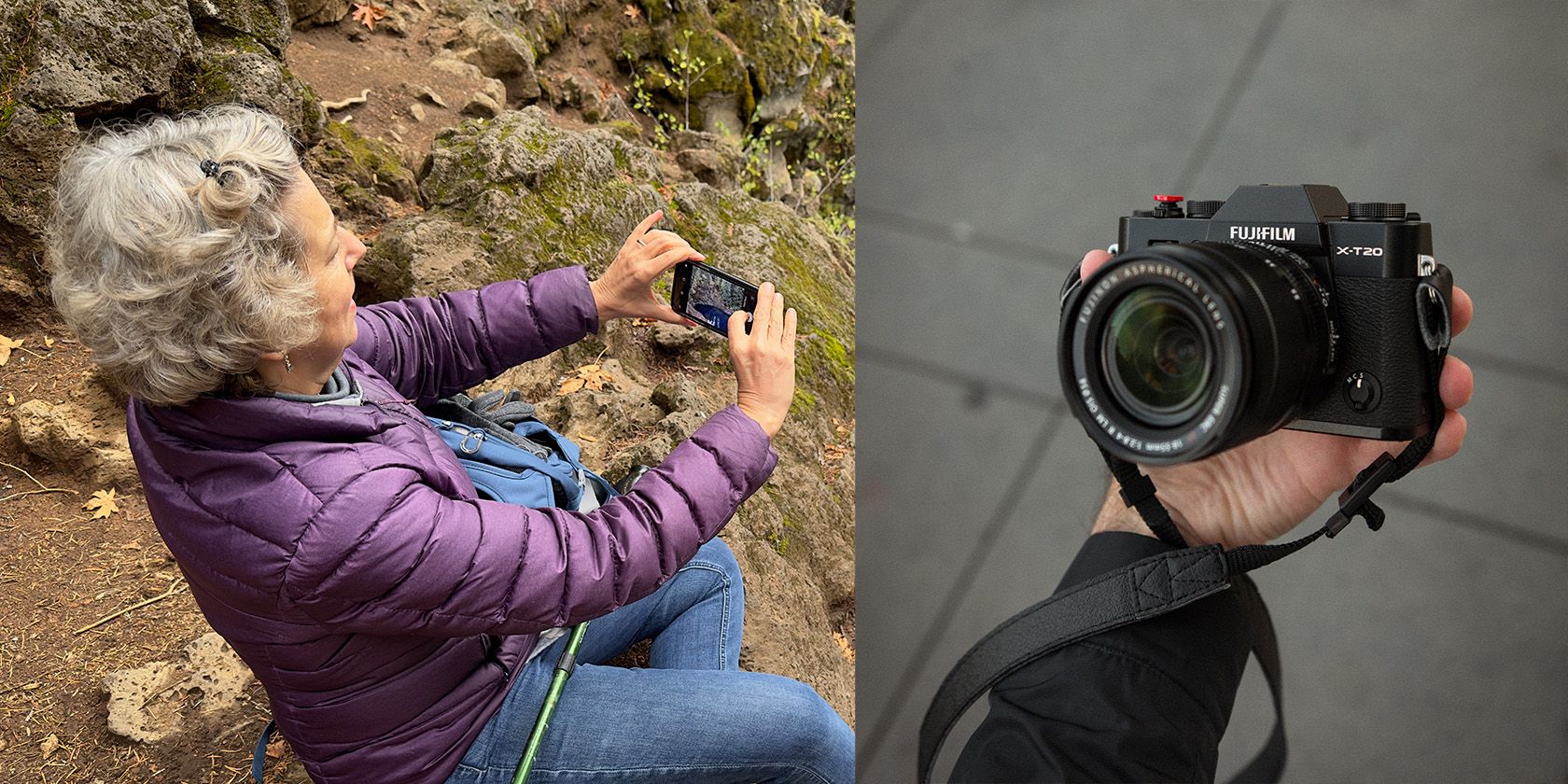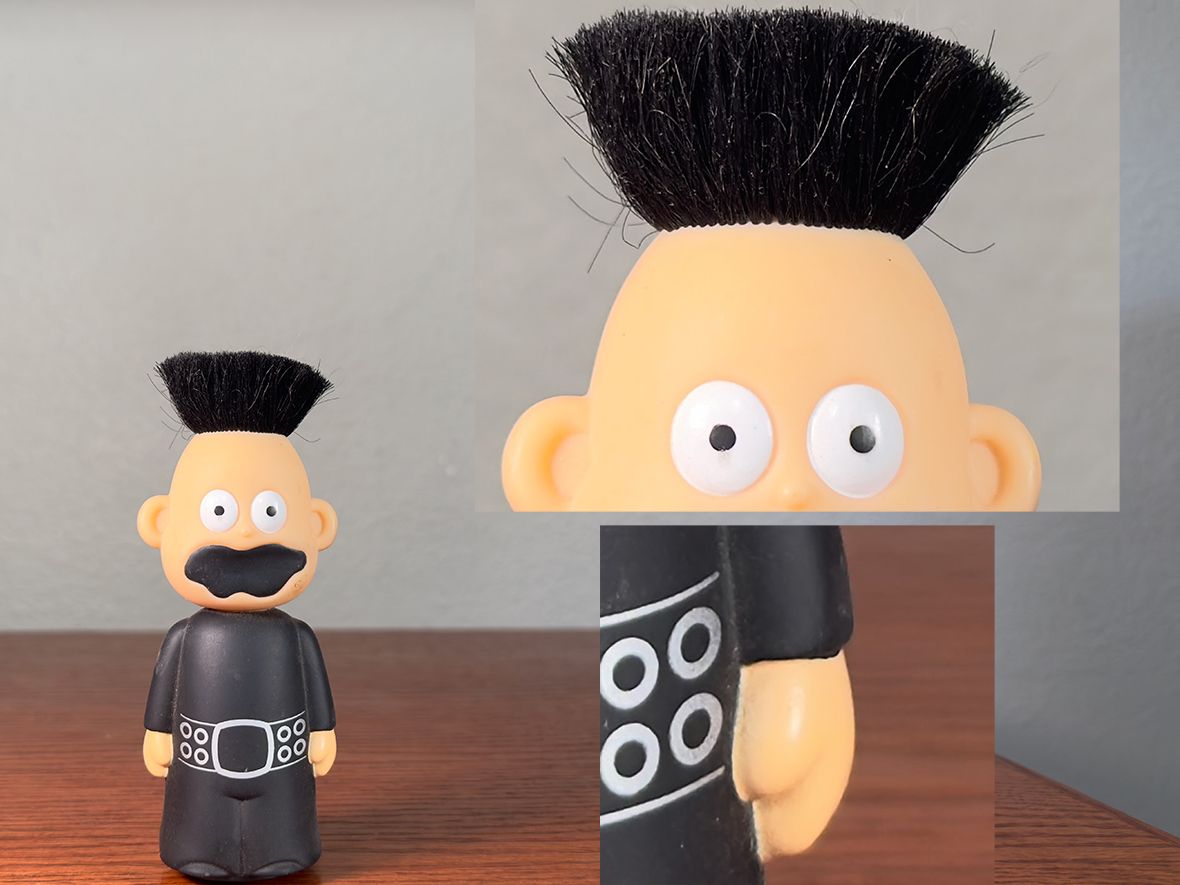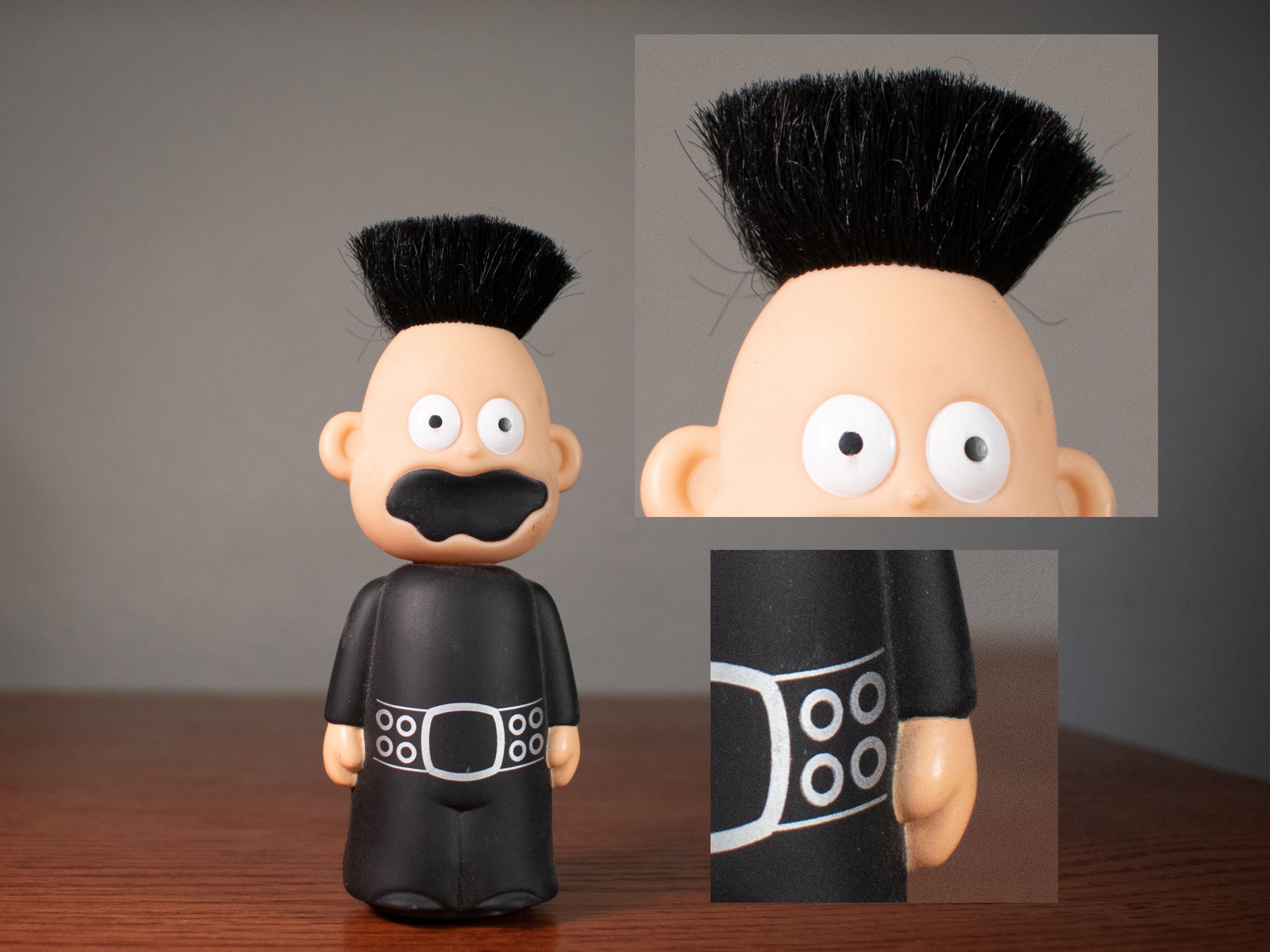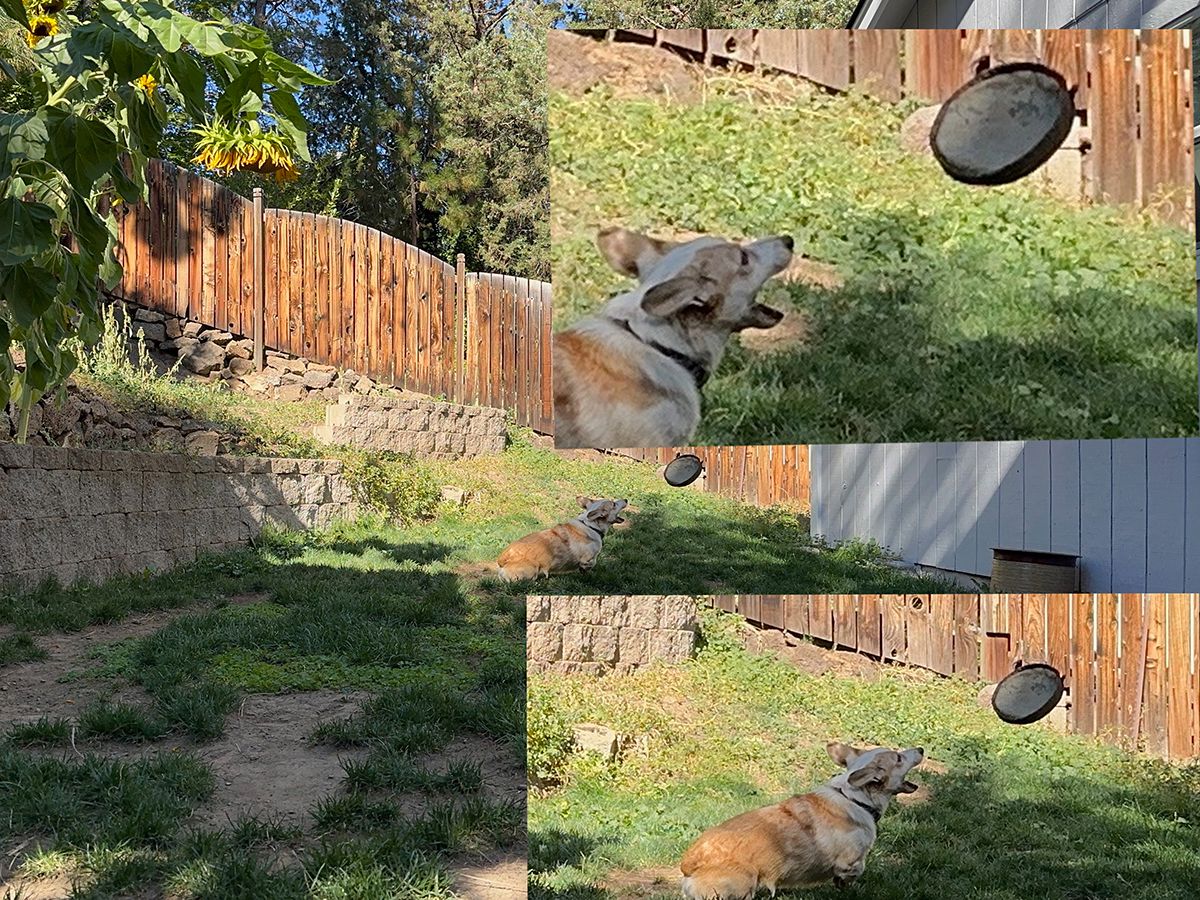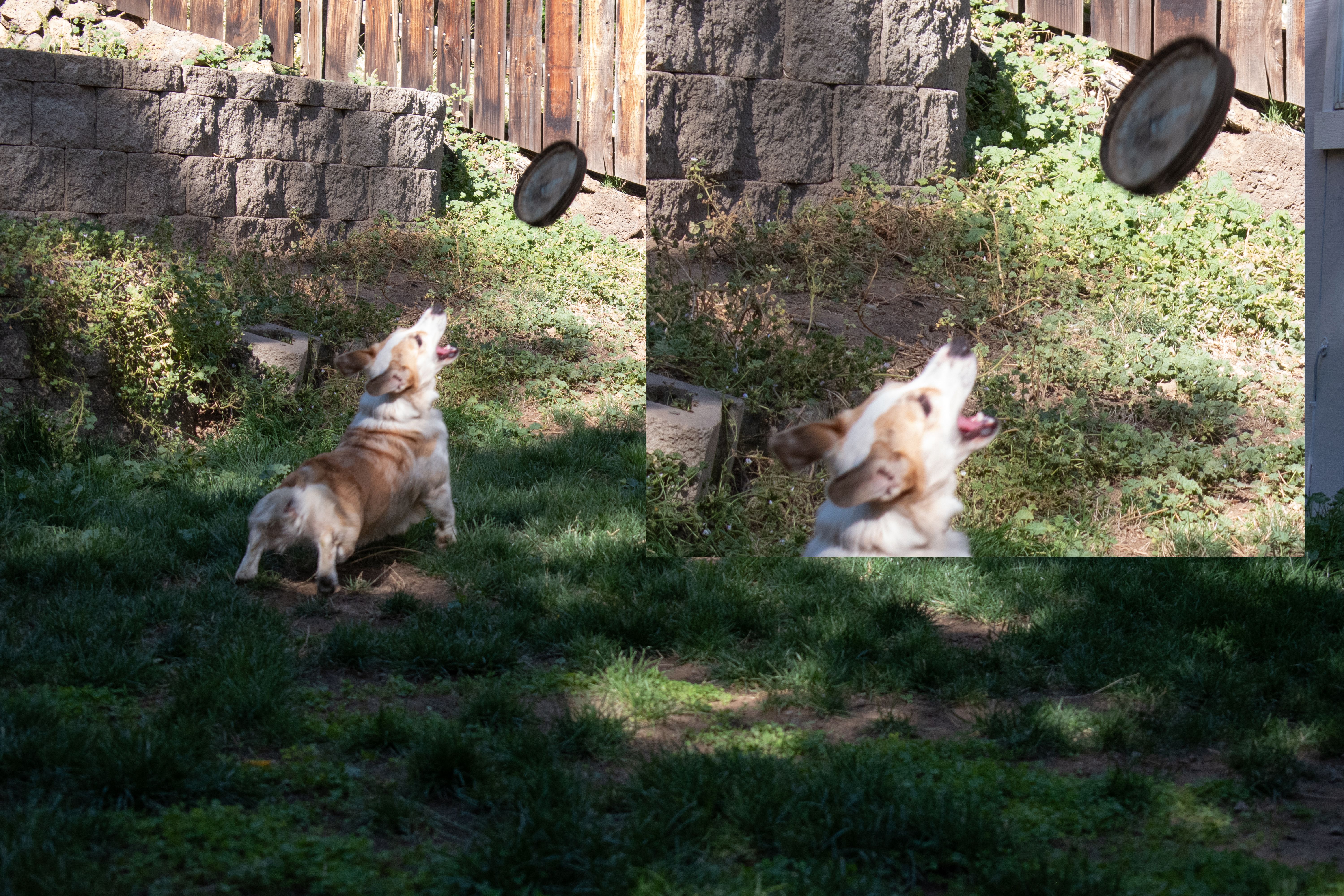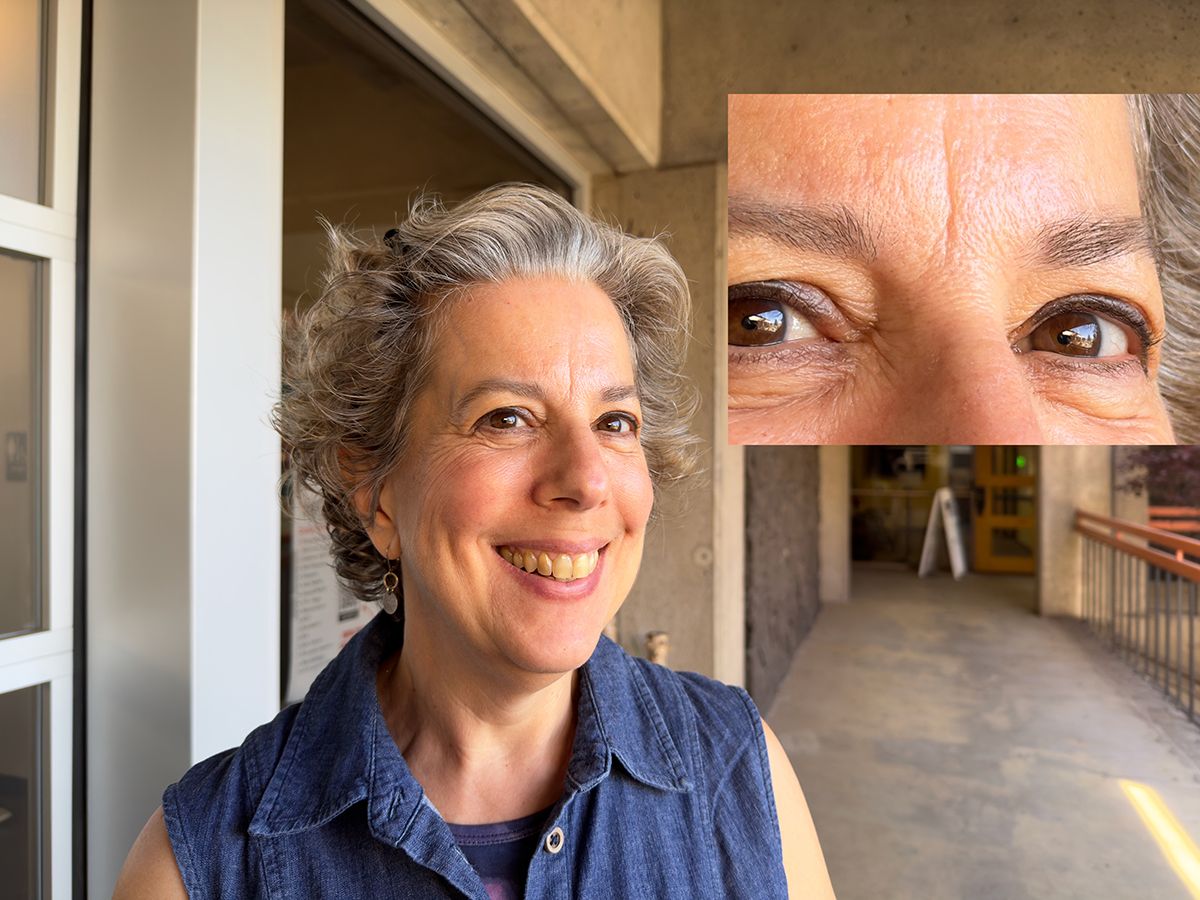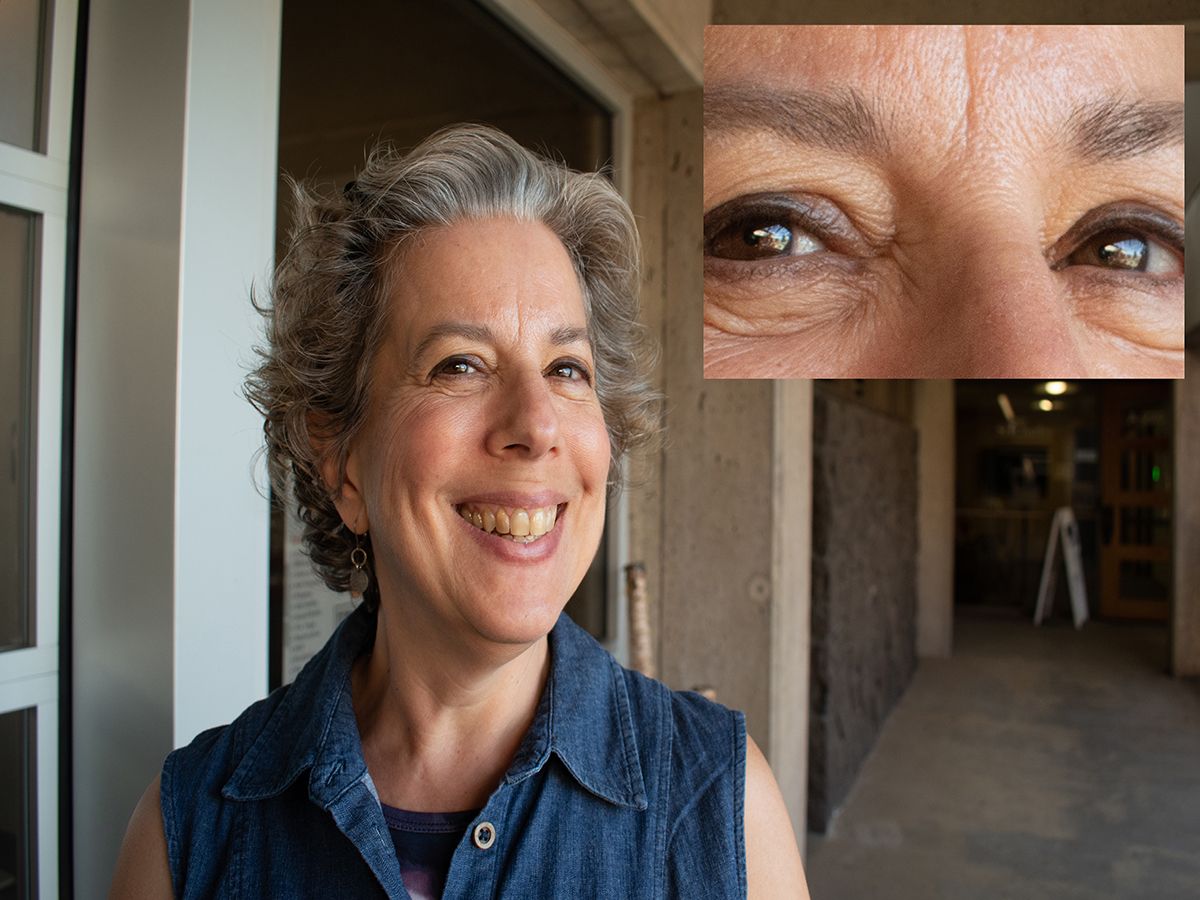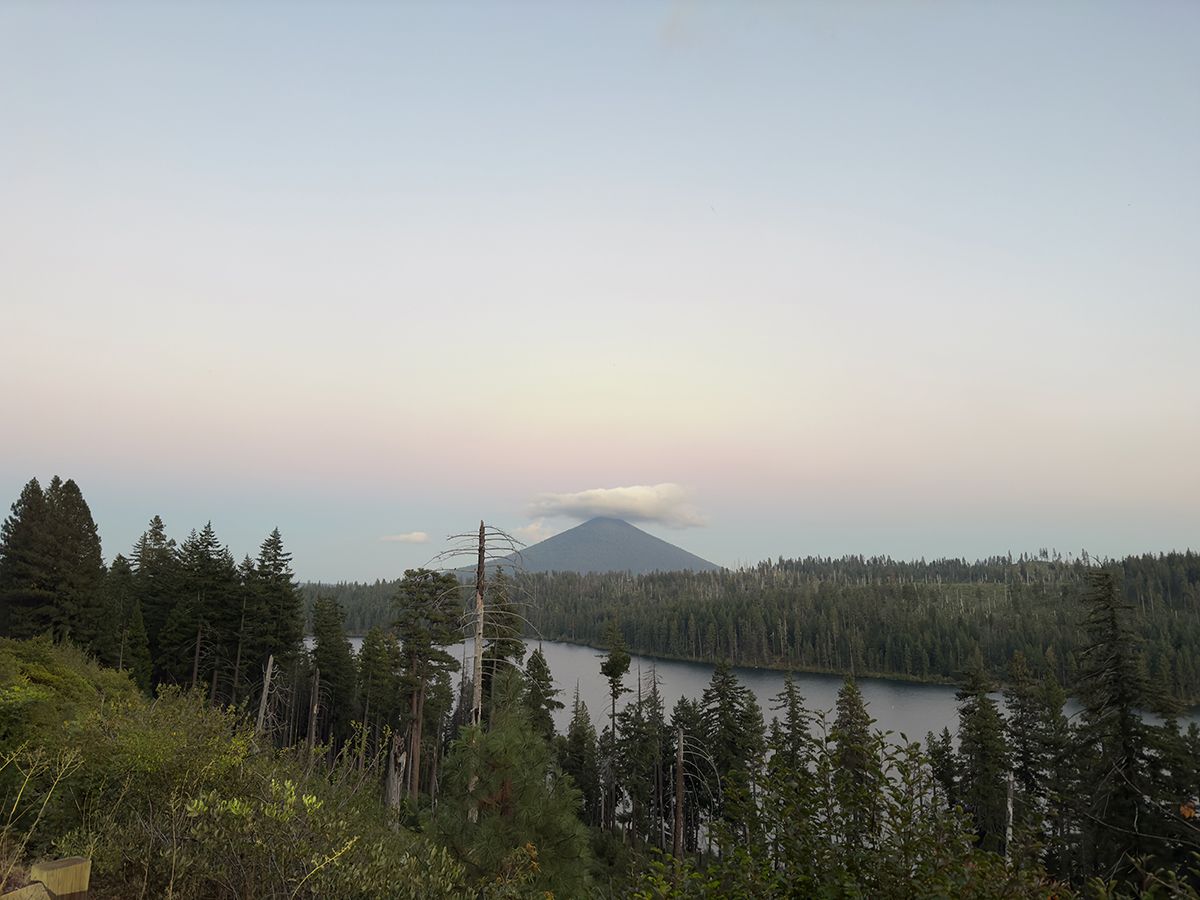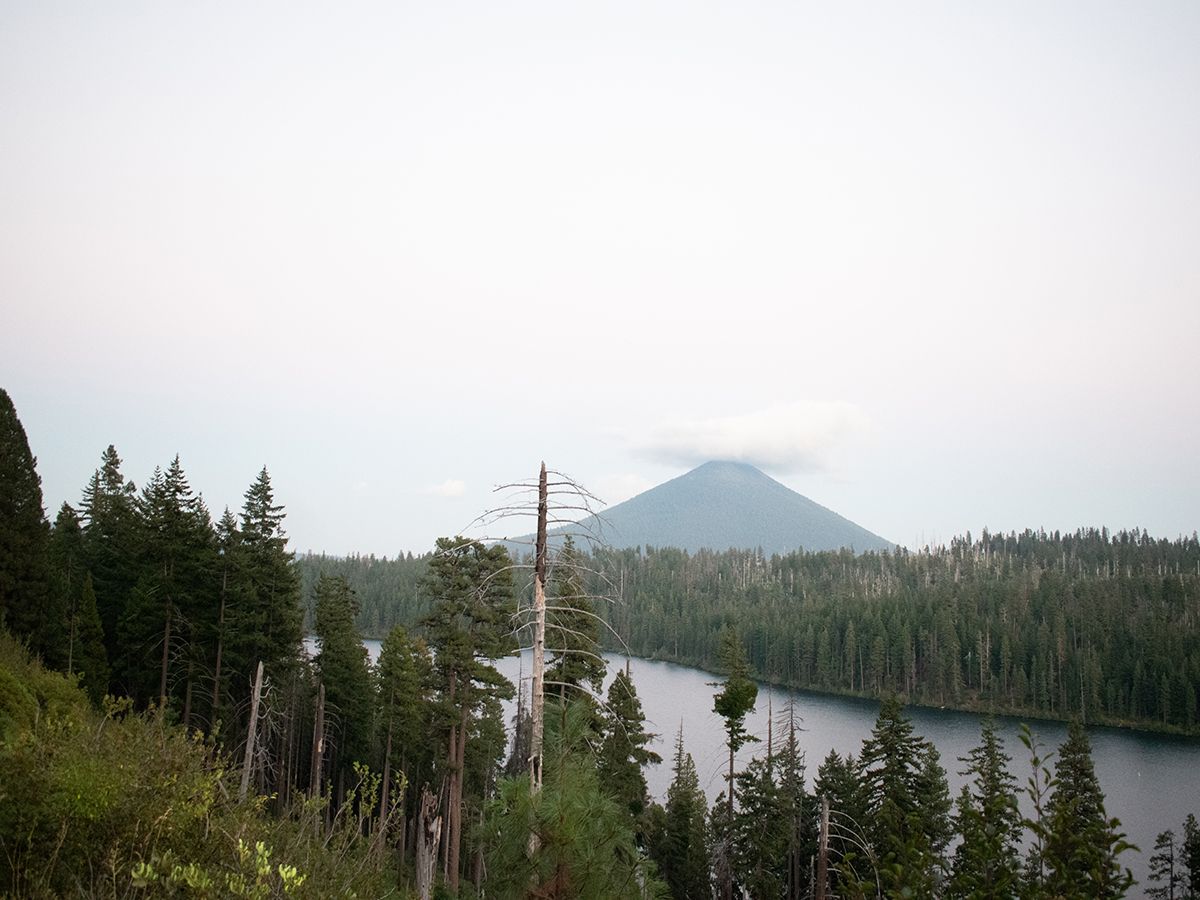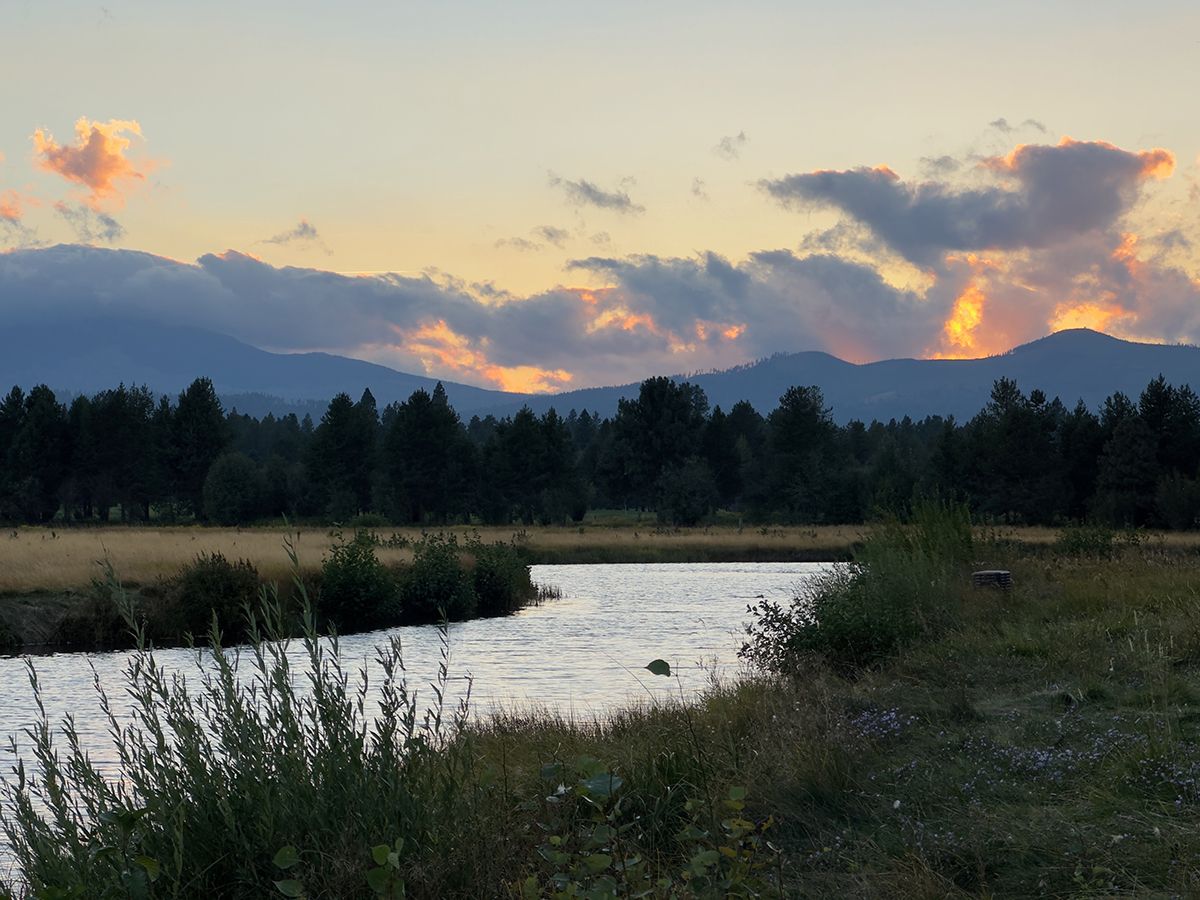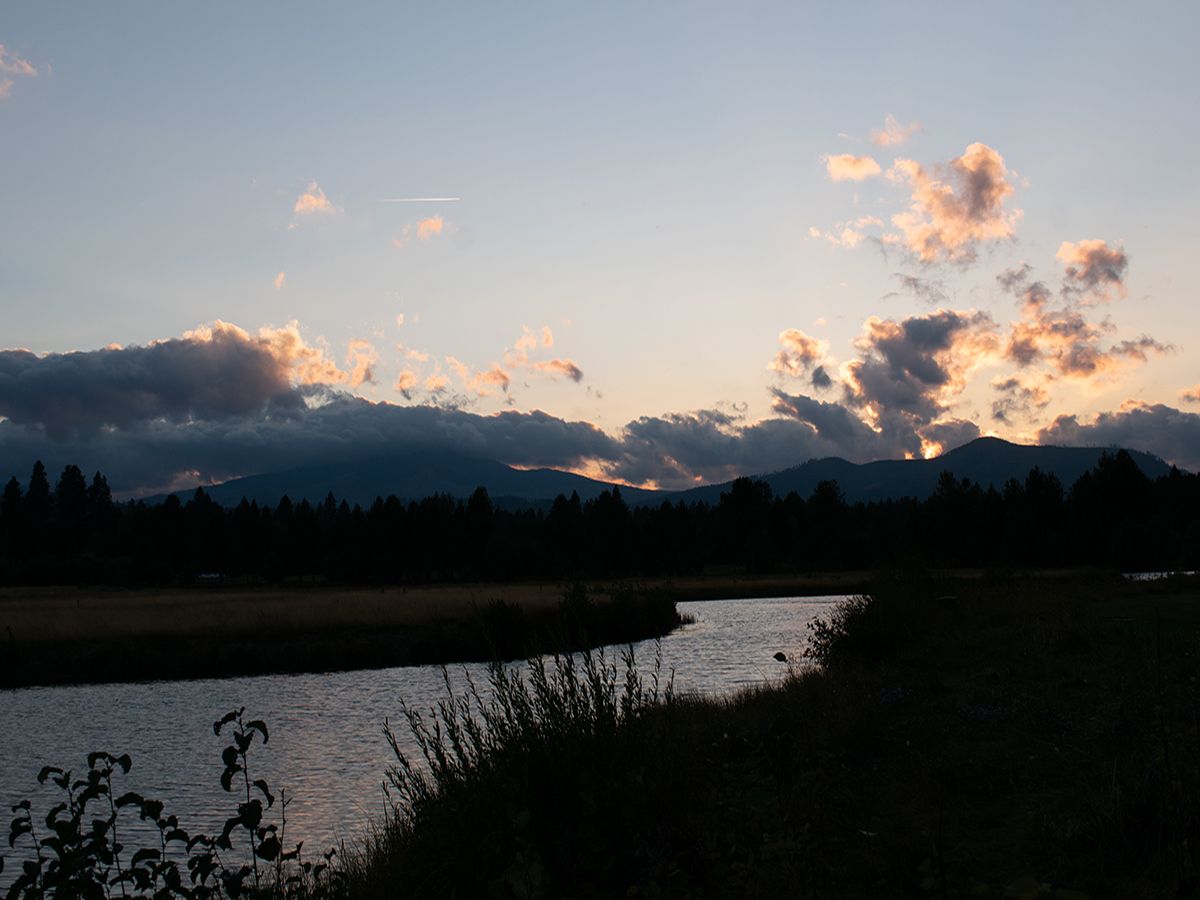Now that the iPhone 14 Pro Max has a 48-megapixel camera sensor, do we really need a crop sensor camera? The benefit of shooting photos with the iPhone is that it's small, and you probably always have it with you. It may be time to retire your crop sensor DSLR and enjoy the freedom of shooting with an iPhone.
Let's look at how a crop sensor DSLR compares to an iPhone 14 Pro Max in real-life situations. For the purpose of this comparison, we're going with the Nikon D3500.
iPhone 14 Pro Max vs. Nikon D3500 Specs
It's difficult to make a generalization about all crop sensor cameras, but we are using the Nikon D3500 as an example of a mid-range crop sensor DSLR. Other crop sensor cameras may have more features and capabilities, some may have fewer. This is just for the purpose of illustrating some of the differences.
|
Specs |
Nikon D3500 Crop-Sensor |
iPhone 14 ProMax |
|
Megapixels |
24.2 |
48 (without binning) |
|
Maximum Image Size |
6000 x 4000 pixels |
8064 x 6048 pixels |
|
Sensor Size |
23.5 x 15.6 mm |
1/1.28 in. (12.7 mm) |
|
Pixel Size (Pitch) |
3.89 µm |
1.22µm pixel size before binning - 2.44µm with binning |
|
Continuous Shooting |
Up to 5 Frames Per Second |
10 Frames Per Second (Burst Mode) |
|
Shutter Speed Range |
1/4000th second to 30 seconds |
1/8000 second to 30 seconds |
|
Exposure Compensation |
-5 to +5 EV |
-2 to +2 EV |
|
Dynamic Range |
10 stops |
20 stops+ |
|
Autofocus |
11- point |
100% Focus Pixels |
This table comparison shows that while the crop sensor is twice the size of the iPhone 14 Pro Max sensor, it doesn't procure a larger image size.
Larger pixels are more sensitive to light and appear to show less noise than smaller pixels. Binning is a technical process of combining pixels to make each pixel act as if it's larger. When the pixels are combined, it reduces the number of active pixels on the sensor.
When the iPhone uses binning, the chart shows that the pixels double in apparent size, and the sensor records a maximum of 12 megapixels.
Also note that while the iPhone's maximum shutter speed is faster than the D3500, you need to use a third-party app to choose the shutter speed on the iPhone.
Comparing Real-Life Performance
When shooting the kinds of photos typical of those we take every day, it's easy to see examples of how the features and specs affect the images. Of course, to get the most out of the iPhone, you'll need to know the best iPhone camera settings.
Figurine
The difference in dynamic range is obvious. How many frames per second the camera can shoot also affects focus, body posture and composition, and clarity. This small plastic man was photographed with the same indoor lighting. Both images were shot in RAW format, meaning the iPhone used the entire 48 megapixels.
With adequate lighting, we see a slight sharpness advantage in the hair "follicles" and on the little man's hand. This is partially due to the better dynamic range. While the iPhone also has a warmer, yellow tint, the D3500 has more accurate skin tones.
iPhone 14 Pro Max:
Nikon D3500:
Moving Dog
Action photos require the use of several features. The camera must shoot in continuous mode with enough frames to capture the action to get a perfect position. It requires that the camera follows focus and meters quickly for changing light. The photographer must also be able to keep the subject within the frame. With a fast-moving object like a speeding dog, it's best to shoot wider than crop in.
The iPhone photo was shot in burst mode. The 14's dynamic range is evident as the shadows are lightened, and the exposure is correct when the dog is in the sunlight. Although the dog's face is in focus, as we crop in, there is a loss in clarity and texture. Note that the 48-megapixel setting cannot be used when shooting in burst mode, so this photo is 12 megapixels.
While the Nikon has 11 focus points, the iPhone uses a continuous focus called Focus Pixels. Apple's claim is that the iPhone 14 Pro Max employs 100% Focus Pixels to track focus more accurately.
iPhone 14 Pro Max:
The Nikon photo shows a lower dynamic range as the shadows go very dark and details are lost. The white on the dog's face is almost blown out and the photo loses fur detail in the face as the camera didn't track the fast dog. Instead, it focussed on the wall. In a fast-moving setting, it can be inconvenient to stop and set up focus tracking on the moving target before shooting. Still, the dog's face has a little more clarity than the iPhone photo.
Nikon D3500:
Close-Up Portrait
A performance pattern appears when we look at these photos of a smiling woman. The iPhone has better contrast and dynamic range. The whites are white, and the shadows are softened, allowing for detail without harsh edges. The best way to shoot this would be to use portrait mode on the iPhone
iPhone 14 Pro Max:
Again, the D3500 has darker shadows, and its white balance renders a more natural skin tone than the iPhone's golden hue. When pixel-peeking, the iPhone has excellent clarity and sharp edges with no noticeable grain. This photo was a RAW file shot at 48 megapixels.
Harsh shadows can make an interesting portrait but could be more flattering. Undereye circles, pores, and wrinkles are accentuated with dark edges. Resolve this issue by using additional exposure compensation to lighten the face and create a softer, more pleasing portrait.
Nikon D3500:
Landscapes
It seems like everyone loves to shoot sunset landscapes, but the results can vary greatly between cameras and lenses. The iPhone excels at bringing out subtle colors.
In this photo, a lingering pink tint appears in the sky. The iPhone's new Photonic Engine improves camera performance, protecting color accuracy in mid-light and low-light scenes. It also protects details, as is evident in the cloud's definition and clarity.
iPhone 14 Pro Max:
If you squint, you can see a hint of the color in the Nikon photo, but it will require editing to bring it out. The distant cloud and mountain lack the color and definition in the iPhone photo.
Nikon D3500:
Although these two sunset landscape photos were shot at a 24mm equivalent, the crop sensor seems to be at a wider angle.
Again, the iPhone's high dynamic range brings up the shadows in the foreground grasslands. Orange, pink, yellow, and purple clouds rise in the sky. Still, iPhones have a problem when pointed directly at the sun, as it becomes a blown-out bright blob in the sky. Here it peeks behind clouds that lose definition in the brightness.
iPhone 14 Pro Max:
In contrast, without using exposure compensation, the crop sensor photo exposes for the sun's brightness, causing the rest of the image to plunge into darkness. Editing would correct this photo, and we would see more clarity than the iPhone photo. Still, the image isn't acceptable when taken straight from the camera.
Nikon D3500:
Should You Give Up Your Crop Sensor Camera?
What kind of photographer you are will determine whether or not you should give up your crop sensor camera and switch to using your iPhone. If you routinely use your crop sensor camera on auto mode and haven't learned many of the manual controls, the answer is a resounding, yes! You should switch to your iPhone.
An iPhone is best at automatically making corrections to create the brightest, most colorful photo possible. The iPhone will default to local tone mapping to lighten a person or animal against a bright sky. If you have HDR turned on, you don't have to worry about shadows becoming too dark.
The iPhone 14 Pro Max is a clear choice if you take photos primarily to record memories. It's always with you, and there isn't an expectation that the picture will be great art. You will be happy with the improved quality that allows you to create larger prints to display your favorite photos.
It's a more challenging decision if you know how to get out of auto mode on your crop sensor DSLR and often take creative control when shooting a photo.
You Don't Need a Crop Sensor DSLR for Great Photos
The iPhone 14's 48-megapixel RAW sensor and multitude of tools like burst, exposure compensation, low-light shooting, and long exposures can create photos that rival that of a crop sensor camera with a kit lens. It appears that iPhone photography has improved to the point that you can leave your crop sensor at home and still come home with beautiful photos.

